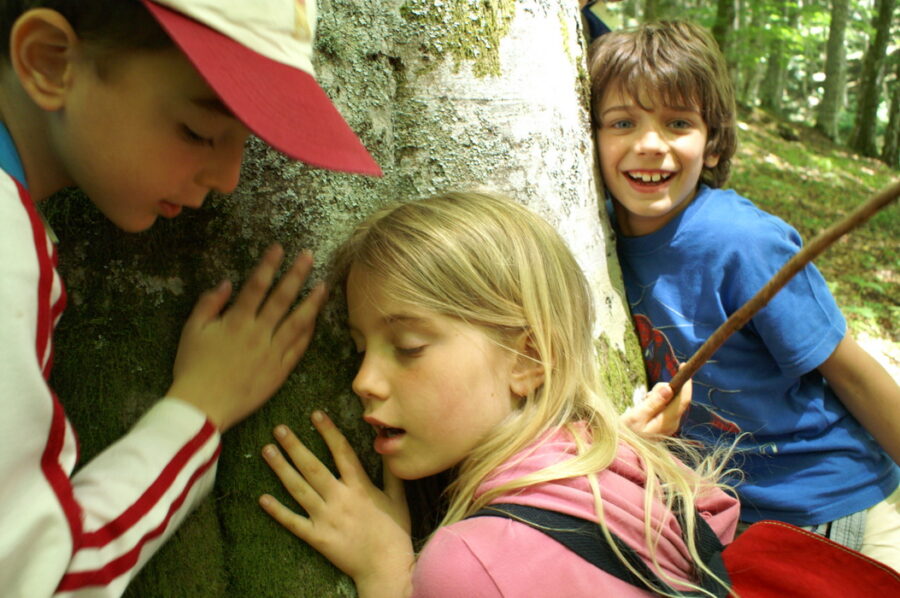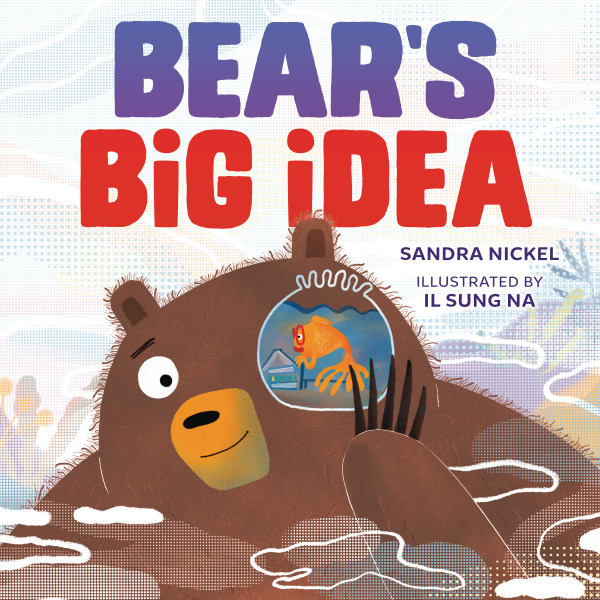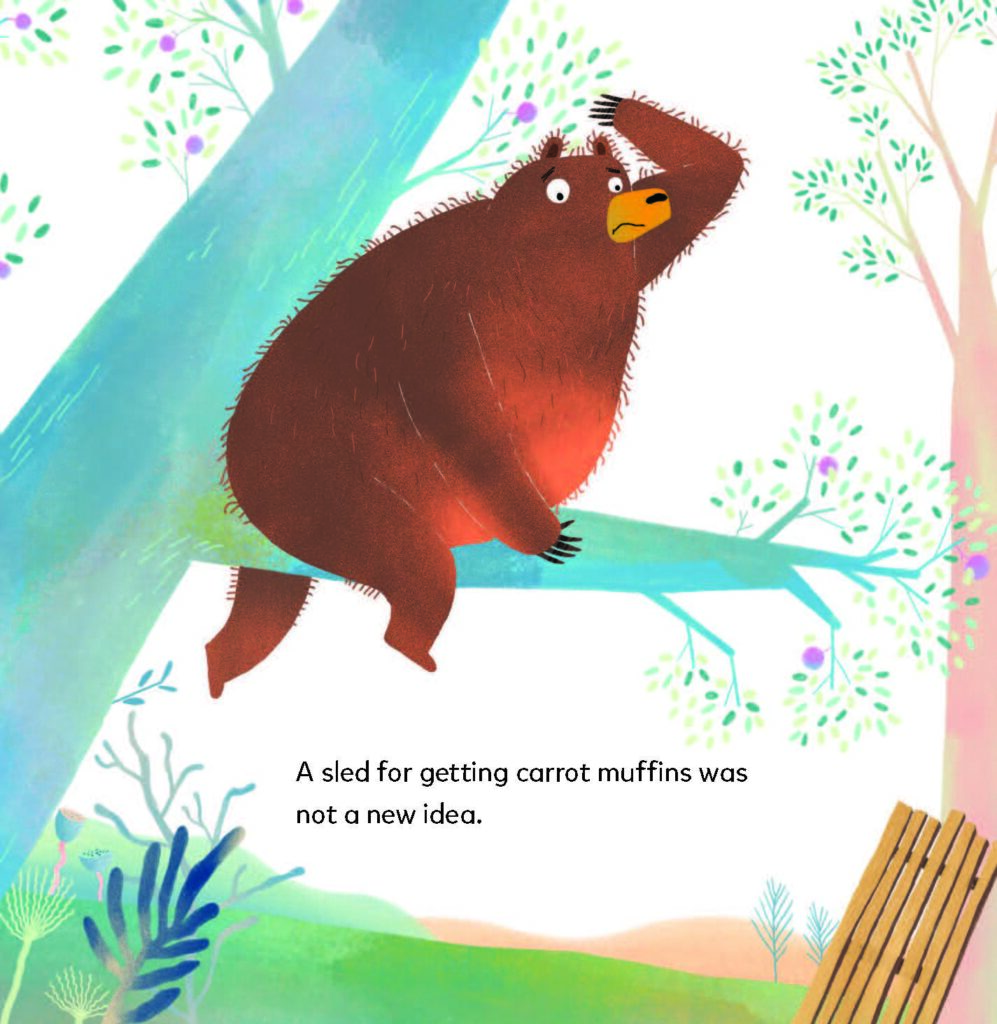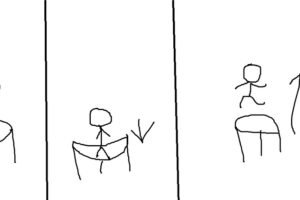GUEST BLOGGER SANDRA NICKEL
Using multiple senses helps children to learn better. In fact, using senses beyond sight can lead to higher levels of creativity, especially when it comes to listening.
In Bear’s Big Idea, Bear searches for an idea, but can’t find one. Just when she’s about to give up, Fish tells her, “Just because you can’t see something, doesn’t mean it’s not there.” Bear thinks about that, then opens her ears and begins listening for the big idea she’s been hoping to find.
Listening, a pathway to creativity
Bear’s choice of listening as a pathway to creativity is, in fact, supported by research. College-age students were asked to make a sketch. Half the group was given visual prompts—photos of a crying baby, a hairdryer, a waterfall, and fireworks. The other half were given auditory prompts of the same four experiences.
After external judges evaluated the students’ sketches, the research team concluded that the students who received the auditory prompts produced more original work. This is because the auditory prompts tended to remind students of their own personal experiences and emotions.
Prepping for the experiment
Why not create a similar experiment with your own students? Why not get them thinking about the different effect sight and sound have on them?
- Start off by reviewing the five senses. Have students point to their eyes, ears, nose, mouth, and fingertips.
- Next, read Bear’s Big Idea.
- Discuss what happens to Bear when she is using her eyes and looking for an idea. Then, discuss what happens to Bear when she opens her ears and hears the wind whooshing, the leaves swooshing, and something rushing toward her. Did Bear have a different experience when looking as compared to listening? Did she feel different emotions?
The experiment
- Project this video of autumn leaves on a windy day (starting at :09 to skip the intro) WITH THE SOUND OFF. Ask the students to draw a picture. After they have finished, ask them to describe their experience or emotions when watching the video.
- Now, turn off the projection and listen to the same video (starting at :09 to skip the intro) WITH THE SOUND ON. Ask the students to draw a picture. After they have finished, ask them to describe their experience or emotions when listening to the video.
- When they have finished, compare their experiences and emotions from watching and listening. Were they the same? Did they draw the same picture? Do they think using their eyes and using their ears provide different experiences?
Wrap-up
Please let me know what your students discover. Please tell them that I am very interested in the results of their study. I, along with Bear and Fish, hope it brought them one or two brand new big ideas!
Featured image credit: “Children at a World Wildlife Fund for Nature camp in Tuscany, Italy – 20060615” by alessandro pucci is licensed under CC BY 2.0.
Sandra Nickel is an award-winning author of picture books. She holds an MFA in Writing for Children and Young Adults and has presented workshops on writing for children and young adults throughout Europe and the United States. She is honored to be the winner of a Christopher Award, the winner of the Society of Children’s Book Writers & Illustrators Crystal Kite Award, a finalist for the Golden Kite Award for Nonfiction for Younger Readers, a Junior Library Guild Gold Selection honoree, and a Charlotte Huck Award Recommended author.
- Website: https://sandranickel.com/
- Twitter: https://x.com/senickel
- Facebook: https://www.facebook.com/sandranickelauthor/
- Instagram: https://www.instagram.com/sandranickelbooks/
- Linkedin: https://www.linkedin.com/in/sandra-nickel-0b241613/












Leave a Reply
Your email is safe with me.